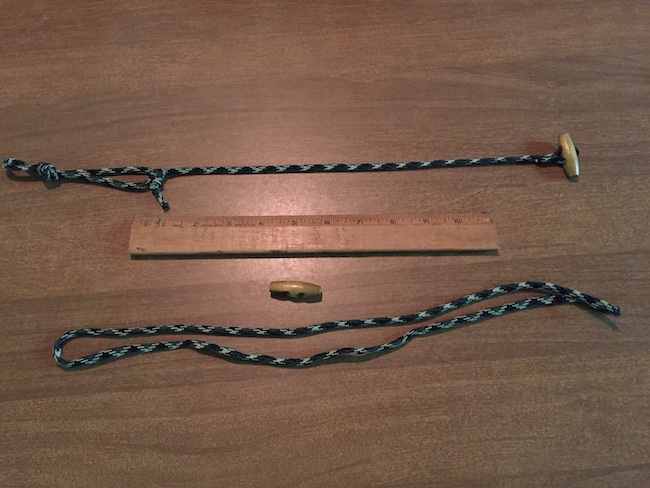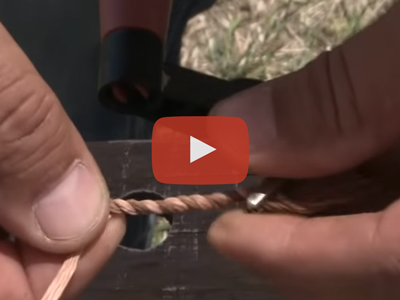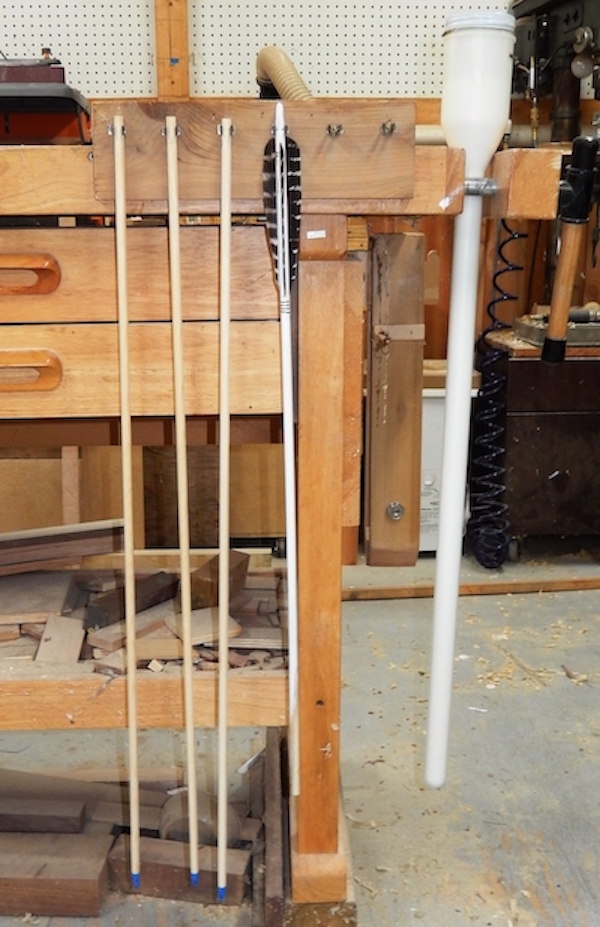 I have found an easy and economical way to cut carbon arrow shafts using a hacksaw blade. To get the perfect cut, drag the blade backwards, but don’t move it forward. That will give you a clean cut without destroying the arrow. I cut all my arrows that way and get a perfectly straight cut without the need for an arrow cutter.
I have found an easy and economical way to cut carbon arrow shafts using a hacksaw blade. To get the perfect cut, drag the blade backwards, but don’t move it forward. That will give you a clean cut without destroying the arrow. I cut all my arrows that way and get a perfectly straight cut without the need for an arrow cutter.
Comment on Cutting Carbon Arrows
River W. wrote: I just thought that I would chime in on the Comments on Cutting Carbon Arrows using a hacksaw. There seems to be concern regarding proper equipment to prevent breathing any carbon fiber dust. I work in the hydroelectric industry, in facilities that date back over 100 years and were built when asbestos was thought to be the best product in the world. We find it everywhere, from flooring to panel construction to insulation on wire. In all of the research and training that came about because of this, it all boiled down to mitigation and correct application of personal protective equipment (PPE).
Based on the material below regarding the hazards and their management, I believe that a common practice that we have often implemented for dealing with asbestos would also work for dealing with the hazards presented in cutting carbon fiber arrows with a hacksaw. The term we use is encapsulation, which is essentially preventing the fibers or dust from becoming airborne. When cutting carbon arrows, I use a spray bottle (atomizer) filled with soapy water to wet the saw blade and the arrow where the cut is to be made. Keeping the arrow and cutting surface of the saw wet with this solution helps prevent the dust from becoming airborne. Additionally, a good pair of gloves, safety glasses or goggles, and a properly fitted P100 rated dust mask should meet all of the PPE requirements for performing this type of task. Once the work is complete, a good clean up would remove the hazardous dust from the workbench.
I would like to note that this encapsulation method would not work when using power tools, such as an abrasive disk saw, when cutting carbon arrows.
Below are a few statements from the Monash University Occupational Health & Safety website’s OHS information sheet on carbon fiber composites.
Health effects of carbon fiber exposure:
- The principal health hazards of carbon fiber handling are due to mechanical irritation and abrasion similar to that of glass fibers. The fibers can easily become a fine dust during cutting. These micro fibers, if uncontrolled, have a potential to stick into human skin or the mucous membranes causing irritation.
- Most fibers have a coating (called a ‘sizing’ which is often an epoxy or other resin) that can also cause chemical irritation. Health effects typical of these chemicals include irritation of the eyes and upper respiratory tract, dizziness, drowsiness, nausea, and vomiting.
Risk management:
- Heavy style gloves should always be worn when handling materials to protect against penetration of these fibers as well as contact with resins.
- Protection of eyes and throat from carbon fiber dust is paramount. Users must wear full goggles and a dust mask to prevent dust inhalation. Dust particulate masks must be fit tested to the individual. Protective clothing should be worn whenever dust is created (such as while machining). The use of elastic cuffs on the protective clothing will keep dust from getting inside protective suits.
- Carbon fibers are electrically conductive, and dust or waste can cause short-circuits within electrical equipment. Specific vacuum cleaners (designed specifically for extraction of conductive substances) should be used in conjunction with a suitable HEPA filter.







great post tradbow! Risk management was very helpful.
I ride mountain bikes which are now mostly carbon fiber. PARK TOOLS makes an abrasive hacksaw blade that is designed for cutting carbon fiber. Standard blade lengths and about $11 on Amazon.
I’ve always had good success for years using a $3.99 Harbor Freight tubing cutter for all of my arrows, aluminum and carbon without any issues. I do ensure that there is adequate ventilation, and not get really rowdy about the cutting process, but it leaves a clean cut that doesn’t require any major touch-up.
I use a tubing cutter for all arrows, carbon, aluminum , wood and it leaves a clean, square cut every time. And it is far easier to use.